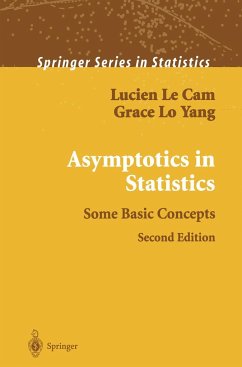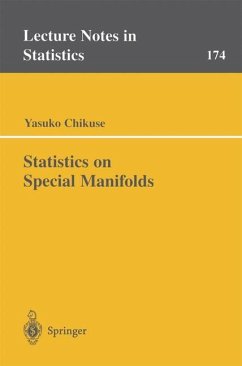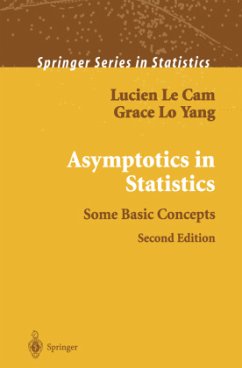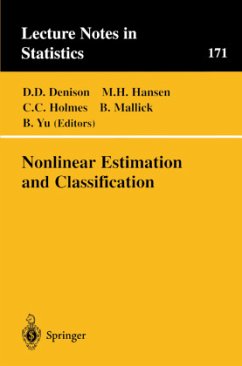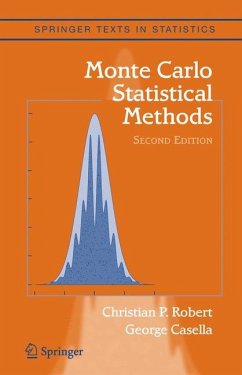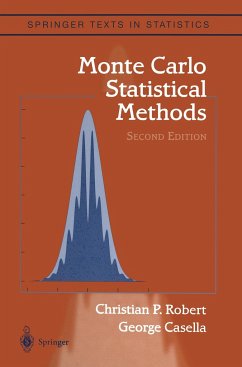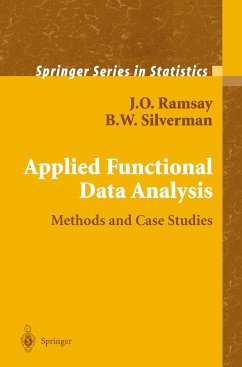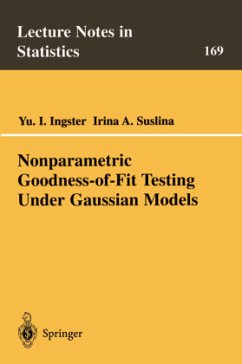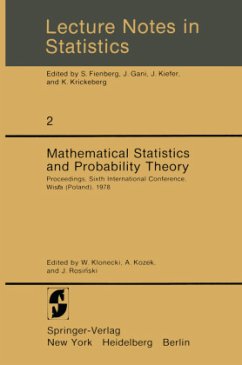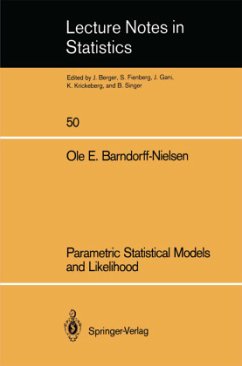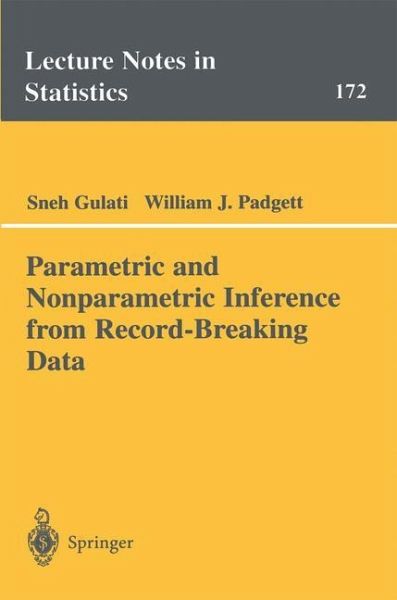
Parametric and Nonparametric Inference from Record-Breaking Data

PAYBACK Punkte
20 °P sammeln!
This book provides a comprehensive look at statistical inference from record-breaking data in both parametric and nonparametric settings, including Bayesian inference. A unique feature is that it treats the area of nonparametric function estimation from such data in detail, gathering results on this topic to date in one accessible volume. Previous books on records have focused mainly on the probabilistic behavior of records, prediction of future records, and characterizations of the distributions of record values, addressing some inference methods only briefly. The main purpose of this book is to fill this void on general inference from record values.
Statisticians, mathematicians, and engineers will find the book useful as a research reference and in learning about making inferences from record-breaking data. The book can also serve as part of a graduate- level statistics or mathematics course, complementing material on the probabilistic aspects of record values. For a basic understanding of the statistical concepts, a one-year graduate course in mathematical statistics provides sufficient background. For a detailed understanding of the convergence theory of the nonparametric function estimators, a course in measure theory or probability theory at the graduate level is useful.
Sneh Gulati is Associate Professor of Statistics at Florida International University in Miami. She is currently an associate editor of the Journal of Statistical Computation and Simulation and has published several articles in statistics. Currently she serves as the president of the South Florida Chapter of the American Statistical Association and is also the chair of the Florida Commission of Hurricane Loss Projection Methodology.
William J. Padgett is Professor of Statistics and was the founding Chair of the Department of Statistics at the University of South
Statisticians, mathematicians, and engineers will find the book useful as a research reference and in learning about making inferences from record-breaking data. The book can also serve as part of a graduate- level statistics or mathematics course, complementing material on the probabilistic aspects of record values. For a basic understanding of the statistical concepts, a one-year graduate course in mathematical statistics provides sufficient background. For a detailed understanding of the convergence theory of the nonparametric function estimators, a course in measure theory or probability theory at the graduate level is useful.
Sneh Gulati is Associate Professor of Statistics at Florida International University in Miami. She is currently an associate editor of the Journal of Statistical Computation and Simulation and has published several articles in statistics. Currently she serves as the president of the South Florida Chapter of the American Statistical Association and is also the chair of the Florida Commission of Hurricane Loss Projection Methodology.
William J. Padgett is Professor of Statistics and was the founding Chair of the Department of Statistics at the University of South
As statisticians, we are constantly trying to make inferences about the underlying population from which data are observed. This includes estimation and prediction about the underlying population parameters from both complete and incomplete data. Recently, methodology for estimation and prediction from incomplete data has been found useful for what is known as "record-breaking data," that is, data generated from setting new records. There has long been a keen interest in observing all kinds of records-in particular, sports records, financial records, flood records, and daily temperature records, to mention a few. The well-known Guinness Book of World Records is full of this kind of record information. As usual, beyond the general interest in knowing the last or current record value, the statistical problem of prediction of the next record based on past records has also been an important area of record research. Probabilistic and statistical models to describe behavior and make predictions from record-breaking data have been developed only within the last fifty or so years, with a relatively large amount of literature appearing on the subject in the last couple of decades. This book, written from a statistician's perspective, is not a compilation of "records," rather, it deals with the statistical issues of inference from a type of incomplete data, record-breaking data, observed as successive record values (maxima or minima) arising from a phenomenon or situation under study. Prediction is just one aspect of statistical inference based on observed record values.




